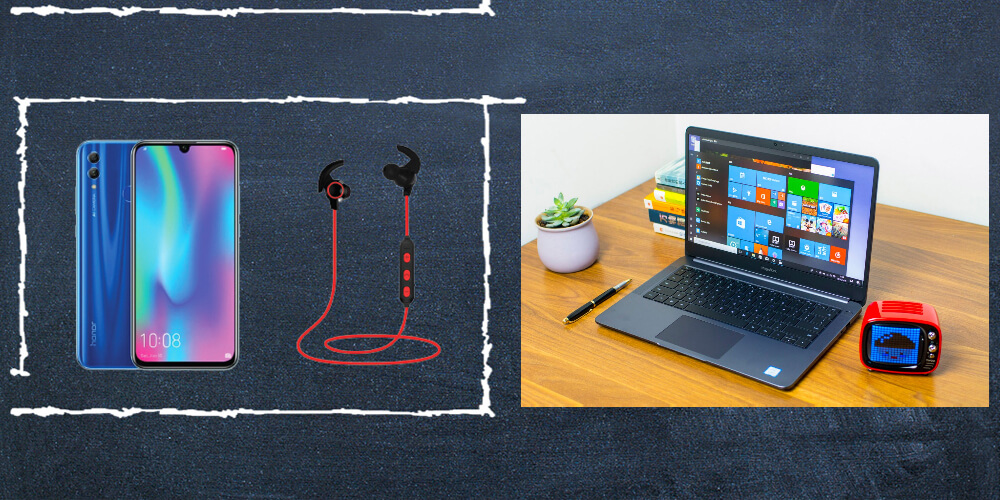Have you heard of the Huawei Developer Platform? If yes, then you are doing something right. If not, then you are in luck, because this article is just for you. The Huawei app developer is an app developing platform that is dedicated to the wide and growing audience of app developers in various lands and regions of the world. It has been said before now that the world is a digital village and currently that village getting even smaller. The number of available apps, as well as their varying utilities, has made it even more challenging for newer apps to seemingly break into the mobile scene. This is where the Huawei developer services and HMS platforms come into play.
There are various forms and types of HMS tools and services. Although some of the Huawei HMS services are still in their testing phases, they are still being used. While a lot more have been making a considerable impact on developers everywhere. The wallet SDK, Quick app feature, app monetization kits, identity verification services, ads services among others are part of the veteran services. While such features as the Huawei cloud services are more recent.
Top 3 Huawei Developer Services
- Huawei Identity kit Services: This is one of the really interesting Huawei developer services which helps you provide your users with a better app usage experience.
- The Huawei cloud service:This cloud service is still in its Beta testing phase. But this does not mean that it is faulty. What it simply means is that many more upgrades and fine-tunings could still be carried out. But for now, the cloud services are simply off the charts. The current use of the service is mind-blowing. In fact, because of its current status of being in its beta testing phase, it is still free. But with time more tweaks would be made and more space made available. However, even then, the cloud services would still be highly affordable.
- Huawei cloud service is extremely stable. So as a developer both your information and files as well as that of your users will be safe. Hence they can be retrieved at any point without any loss of data. In fact, as a developer, you could store your users` info as a form of backup (retrievable by the user even from another device).
- The service is highly secure.
- Huawei cloud services are relatively easy to use.
- Huawei Ads Services: App monetization is the ultimate goal of developers. Not just monetization but sustainable and effective monetization. This is because monetization is an essential part of further app development. The Huawei developer services also include ads services and tools to assist in the monetization of apps and quick apps.
Conclusion
These are the top 3 among the current Huawei developer services. There are the ones that most frequently used. This does not mean that they are any better than any other service. But no need to have blind faith. Try the Huawei developer services for android devices and you will not be disappointed.










